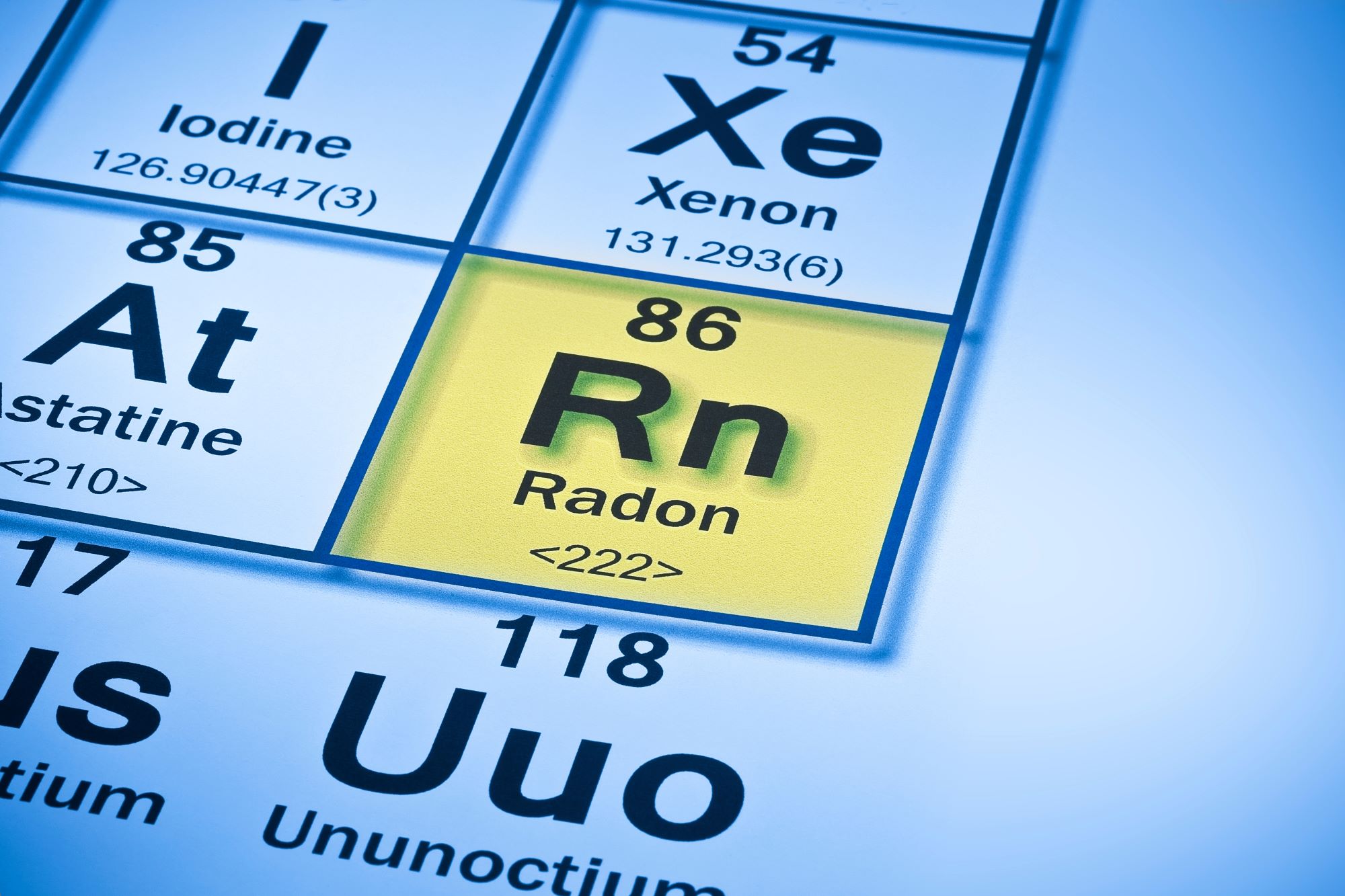Dozens of prisoners in Dartmoor had to be relocated last year, when radon levels in their cells were found to be dangerously high. Such stories pop up briefly, but radon remains the great undiscussed air pollutant.
By Rebecca Coates & Maria Dugdale, UK Radon Association

‘Silent killer’ is an expression many have become used to when discussing indoor air safety. Unfortunately, it’s usually in sole reference to carbon monoxide. Whilst this may certainly be the case, considering CO causes around 40 UK deaths per year compared to some 1100, the ‘silent killer’ label would perhaps be better attributed to Rn86 – radon gas.
Like carbon monoxide, radon is an odourless, colourless and tasteless gas that can lead to serious health problems if left unchecked. Unlike carbon monoxide, it’s often overlooked by the media and public, whose focus on indoor air quality (IAQ) typically centres on pollutants that can be actively reduced, such as vehicle emissions, wood burning, and industrial pollutants. But radon awareness is increasing.
What is radon and why is it dangerous?
As its name would suggest, radon is radioactive. It’s produced naturally by the decay of uranium in soil, rock and water, and is then dispersed naturally into the atmosphere. Whilst it poses no outdoor risk, it becomes a serious health hazard when levels build up indoors. Radon can cause lung cancer when inhaled over long periods of time and is one of the leading causes of the disease among non-smokers. According to the UK Health Security Agency (UKHSA), radon is responsible for around 1,100 lung cancer deaths in the country each year.
Why radon is such a risk indoors
Radon gas doesn’t accumulate indoors through open windows—it seeps upwards from soil and enters buildings through any surface in contact with the ground. It can pass through cracks and gaps in foundations but also be pulled through building materials due to pressure differences between the air inside, outside, and underneath the building.
Cellars and basement areas are at particularly high risk due to their large surface area and low air pressure. Once inside, the radioactive particles, or daughters, attach themselves to dust and other airborne matter which is then inhaled. Unlike x-ray radiation, which passes through human tissue, radon decay emits alpha radiation, which is absorbed by it. The particles become attached to lung tissue, causing serious harm over long periods. Modern homes are designed or modified to be as energy-efficient as possible, but this actually makes it harder for radon gas to escape, thereby increasing the risk.
Geological influence
Understanding the geology behind radon is essential to its understanding potential effects. Radon is present everywhere, but certain parts of the UK are susceptible to higher concentrations due to the presence of radon-producing bedrock or particularly porous material. Whether you’re concerned or simply curious about radon geology in your area, you can use the free UK radon map to check the risk level in your postcode. It’s important to acknowledge that radon maps can only indicate potential risk—they should not be considered to give a definitive result, simply because they cannot measure levels inside buildings. To do this, a testing kit is required.
How to test for radon
The simplest and most accurate radon testing method is known as passive track etch. Detectors—small plastic pods containing sensitive film element—are placed in frequently-occupied rooms of a home or workplace and left in situ for between three months to a year. They are then returned for laboratory analysis and an average measurement is calculated. In the UK, radon is measured in becquerels per cubic metre of air (Bq/m³). The average concentration in UK homes is around 20 Bq/m³.
The golden rule when choosing a radon testing kit is to make sure it’s from a laboratory fully validated by the UKHSA. Many consumer-grade digital radon monitors are widely available from online stores. They might appear stylish and affordable, but their measurement accuracy is questionable and currently under heavy scrutiny from the agency, which won’t have validated or endorsed them.
If results are required at short notice, for example if conducting a property survey during purchase of a home, short-term testing kits are also available. However, their results are not considered as accurate as longer-term kits, because radon levels fluctuate over the course of a full year.
Landlords and business owners
Business owners and landlords have a legal obligation to ensure business premises and/or rental properties meet certain health and safety standards. It’s essential to take mitigation action if radon levels exceed the designated compliance threshold, which is 200 Bq/m³ in homes, and 300 Bq/m³ in workplaces.
Raising radon awareness
The UK Radon Association was formed in 2013 with a group of five members. It now comprises 27 national air quality consultants, laboratories and businesses with the aim of increasing legislation around radon safety and driving public awareness.
Its Chair and director of Radonova UK, Dr Maria Dugdale, said, ‘It’s been a long time coming, but our increased efforts have significantly driven radon awareness and the importance of testing, particularly over the last few years. We’ve seen a substantial increase in test kit orders at Radonova, reflecting this level of concern. We’re delighted radon is finally being recognised as a health and safety issue and becoming a key indoor air quality discussion point. It’s very encouraging for the future.’











Leave a Reply